Search results for 'gilding'
-
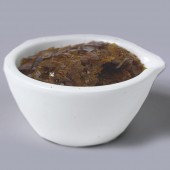
Lemon Shellac
Starting at: £8.20
-
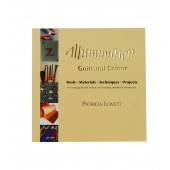
Illumination Gold and Colour Book
£15.00 -
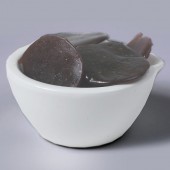
Button Shellac
Starting at: £8.40
-
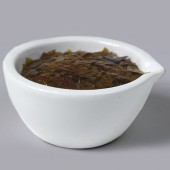
Orange Shellac
Starting at: £8.00
-
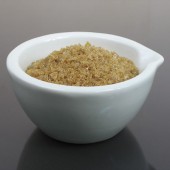
Rabbit Skin Glue
Starting at: £13.00
-
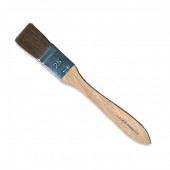
Cornelissen Ox Flat Lacquer
Starting at: £12.90
-
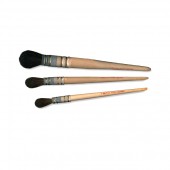
Cornelissen Squirrel Mop
Starting at: £21.40
-
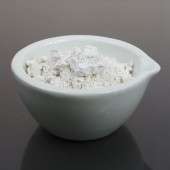
Whiting
Starting at: £4.00
-
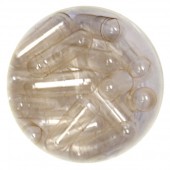
Gelatine Capsules
Starting at: £5.80
-
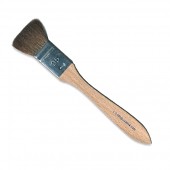
Cornelissen Squirrel Flat Lacquer
Starting at: £20.05
-
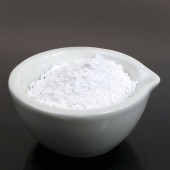
Gesso di Bologna
Starting at: £12.00
-
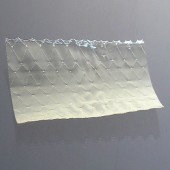
Gelatine Leaf
Starting at: £5.30
-
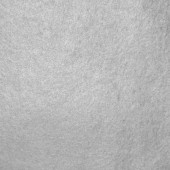
Cornelissen Silver Leaf Thin
Starting at: £12.50
-
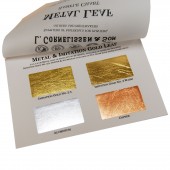
Metal Leaf Original Sample Chart
£5.00 -
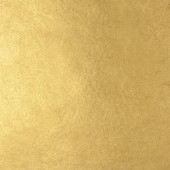
Cornelissen 85 Standard Gold Leaf 22 ct
Starting at: £69.80
-
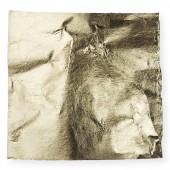
Cornelissen Imitation Gold No 2.5
Starting at: £7.40
-
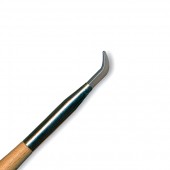
Agate Burnisher No 27 Series 2
£30.00 -
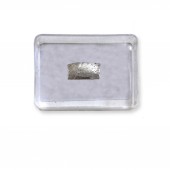
Shell Gold Watercolour 1/4 pan Silver
£27.00 -
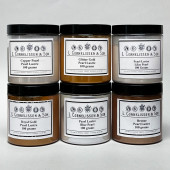
Cornelissen Pearl Lustre Pigments 100g
Starting at: £12.90
-
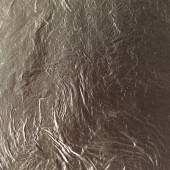
Japanese Gold 14,3ct
Starting at: £48.00
-
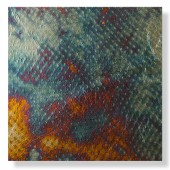
Cornelissen Variegated Metal Leaf 217
Starting at: £17.00
-
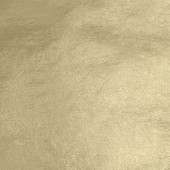
Cornelissen 80 Light Green Gold Leaf 16 ct
Starting at: £46.50
-
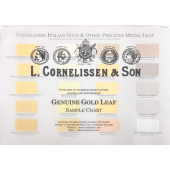
Cornelissen Italian Gold Leaf Colour Chart
£25.00 -
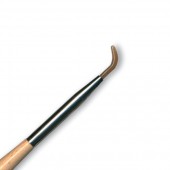
Agate Burnisher No 47 Series 1
£25.00 -
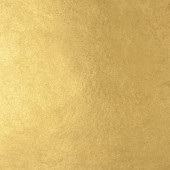
Cornelissen 80 Yellow Gold Leaf 22 ct
Starting at: £54.90
-
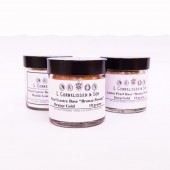
Pearl Lustre Bronze Powder
Starting at: £6.20
-
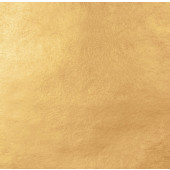
Gold Leaf Starter Packs
Starting at: £14.50
-
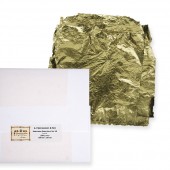
Cornelissen Imitation Gold No 2.5 Bulk Packs
Starting at: £16.00
-
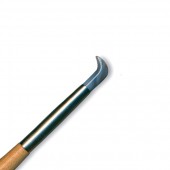
Agate Burnisher No 24 Series 3
£38.00 -
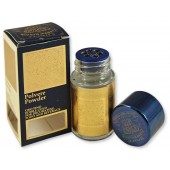
Cornelissen Gold Edible Powder 23 carat
£49.00




